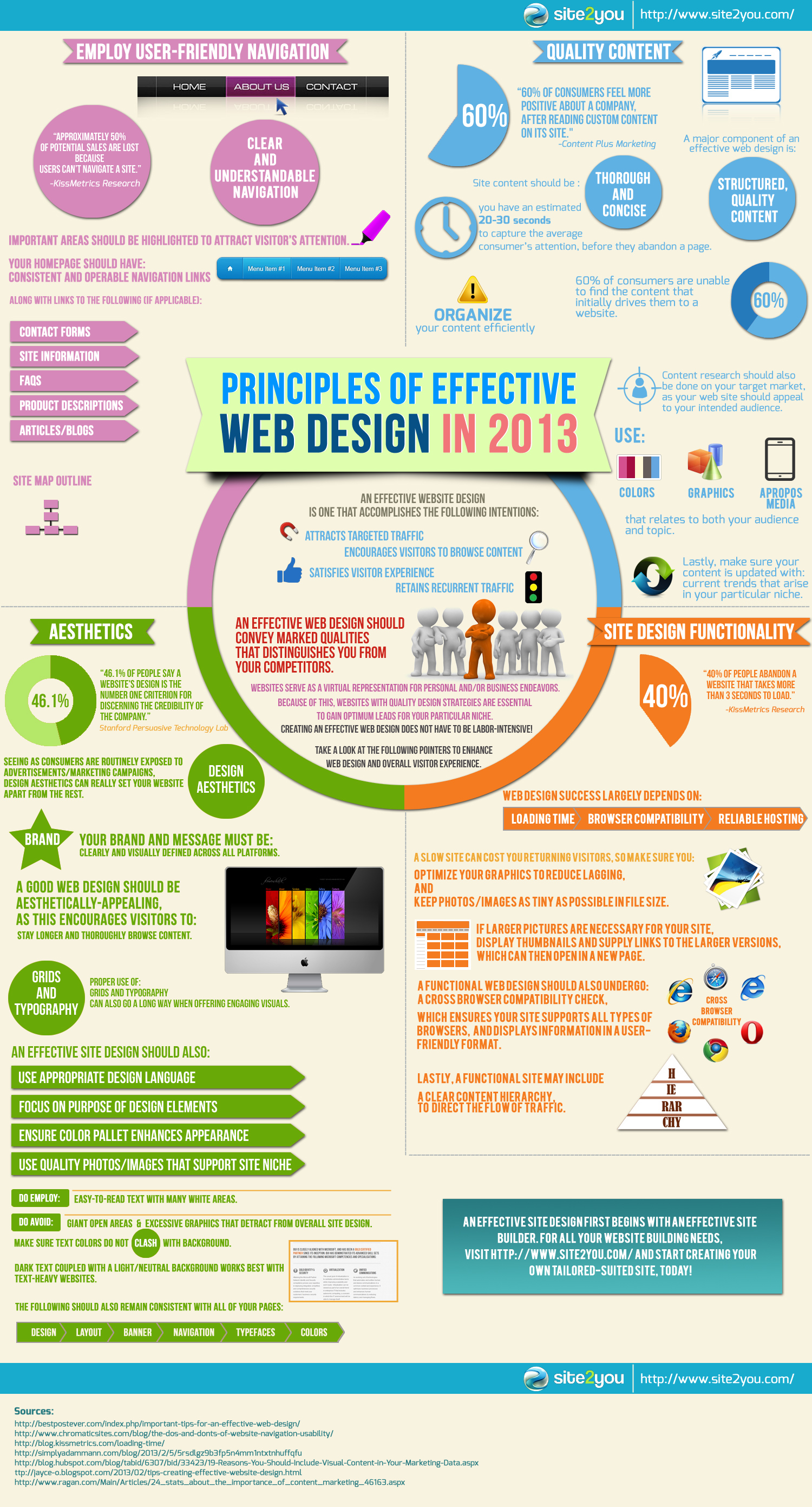Fundamental Aspects Of Web Design: Standards For Creating A User-Centric Site
Fundamental Aspects Of Web Design: Standards For Creating A User-Centric Site
Blog Article
Short Article Created By-Le Ehlers
When it comes to web site layout, guaranteeing user-friendliness is crucial. From receptive design to structured navigation, every component plays an important function in developing a site that accommodates your audience's demands. Yet what concerning the finer information that can make or damage an individual's surfing experience? Remain tuned as we reveal some often-overlooked tips that can raise your site's use to the following degree, making it absolutely attract attention in the digital landscape.
Importance of Responsive Style
Responsive layout is a critical facet of modern-day internet site advancement. Ensuring your site is receptive means that it can adapt to various screen dimensions and tools, supplying a smooth experience for users.
With the enhancing use of smart devices and tablet computers to access the internet, having a responsive design is essential for reaching a broader audience. It assists in improving user experience by making your web site easy to navigate and keep reading any tool.
Furthermore, receptive layout can positively impact your internet search engine positions, as internet search engine like Google focus on mobile-friendly web sites. By having website content , you're additionally future-proofing your site, as brand-new tools with differing display sizes continue to arise.
Simplify Navigating Framework
To improve customer experience and assist in easy accessibility to info on your site, improving the navigation framework is paramount. When making your site, focus on producing a clear and instinctive navigating food selection that aids visitors discover what they're seeking quickly.
Limit the variety of food selection products to the essentials, grouping associated web pages with each other to stay clear of frustrating customers. Usage detailed tags that clearly suggest the content of each page, making it simpler for users to comprehend where each link will take them.
Consider applying dropdown menus for subcategories to prevent cluttering the main navigating bar. In addition, consist of a search bar plainly on the page for customers that favor searching for details details.
https://what-is-seo-plugins38406.blogripley.com/31768199/optimize-your-presence-the-relevance-of-google-company-profiles-for-small-businesses on mobile responsiveness in your navigation design to make certain easy accessibility on all tools.
Enhance Web Page Load Rate
Improving web page lots rate is essential for maintaining site visitors on your internet site. Slow-loading pages frustrate customers and can cause high bounce prices. To enhance page load rate, begin by optimizing images. Compress pictures without endangering high quality to reduce their documents sizes.
In addition, enable browser caching to store regularly accessed resources in your area, quickening lots times for returning visitors. Minify CSS, JavaScript, and HTML data by removing unnecessary personalities, comments, and formatting, boosting tons rate.
Consider utilizing a web content distribution network (CDN) to disperse your web site's material across several servers worldwide, lowering latency for customers accessing your site from different areas. Last but not least, restrict using third-party scripts and plugins, as they can significantly impact lots times.
Final thought
Finally, by integrating receptive design, simplifying navigating, and enhancing web page tons rate, you can create a straightforward site that interest a wider audience and boosts user experience. These essential elements ensure that site visitors can conveniently accessibility and browse your site across different tools, causing boosted interaction and contentment. By concentrating on these essential elements, you can construct a successful web site that keeps users coming back for more.
